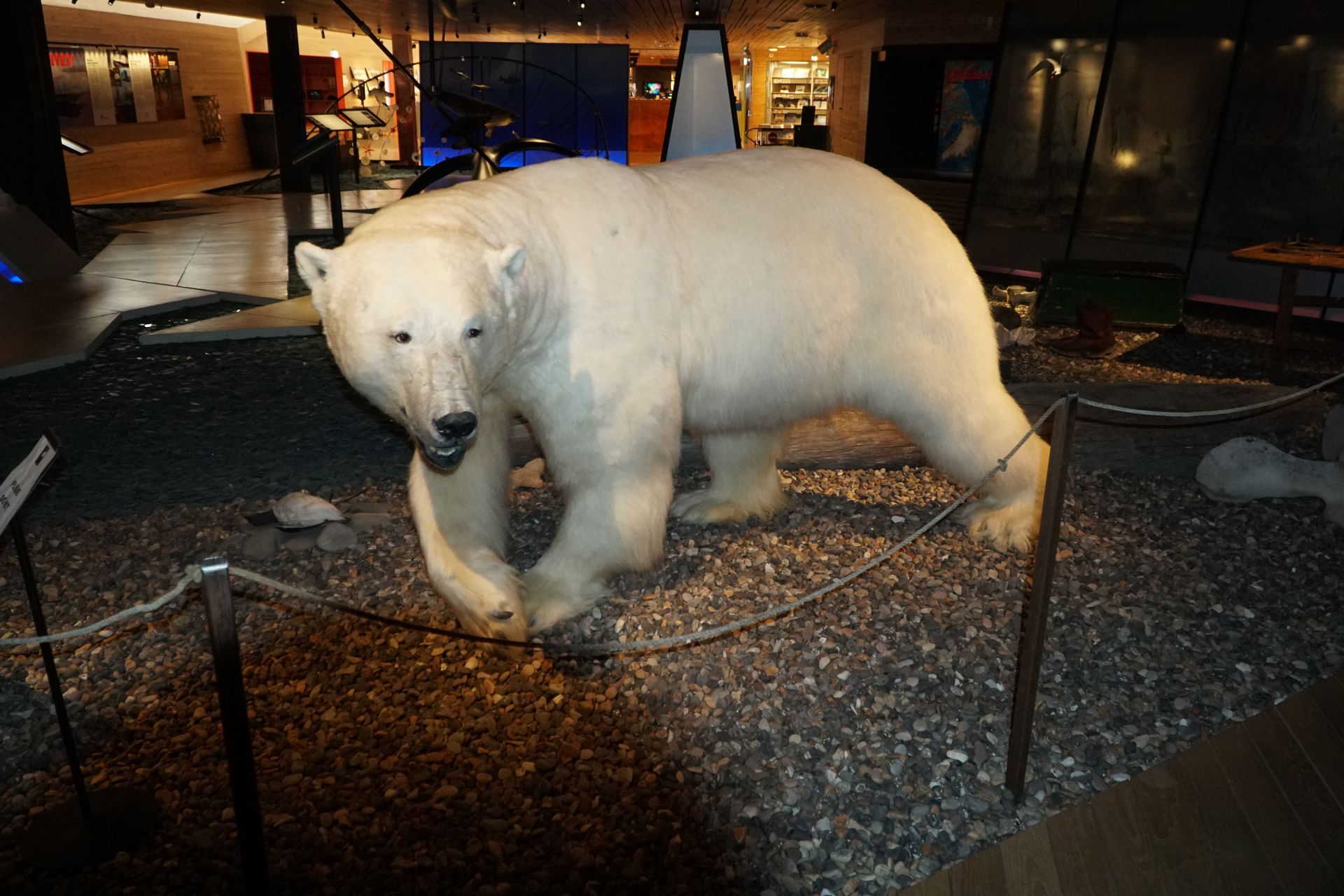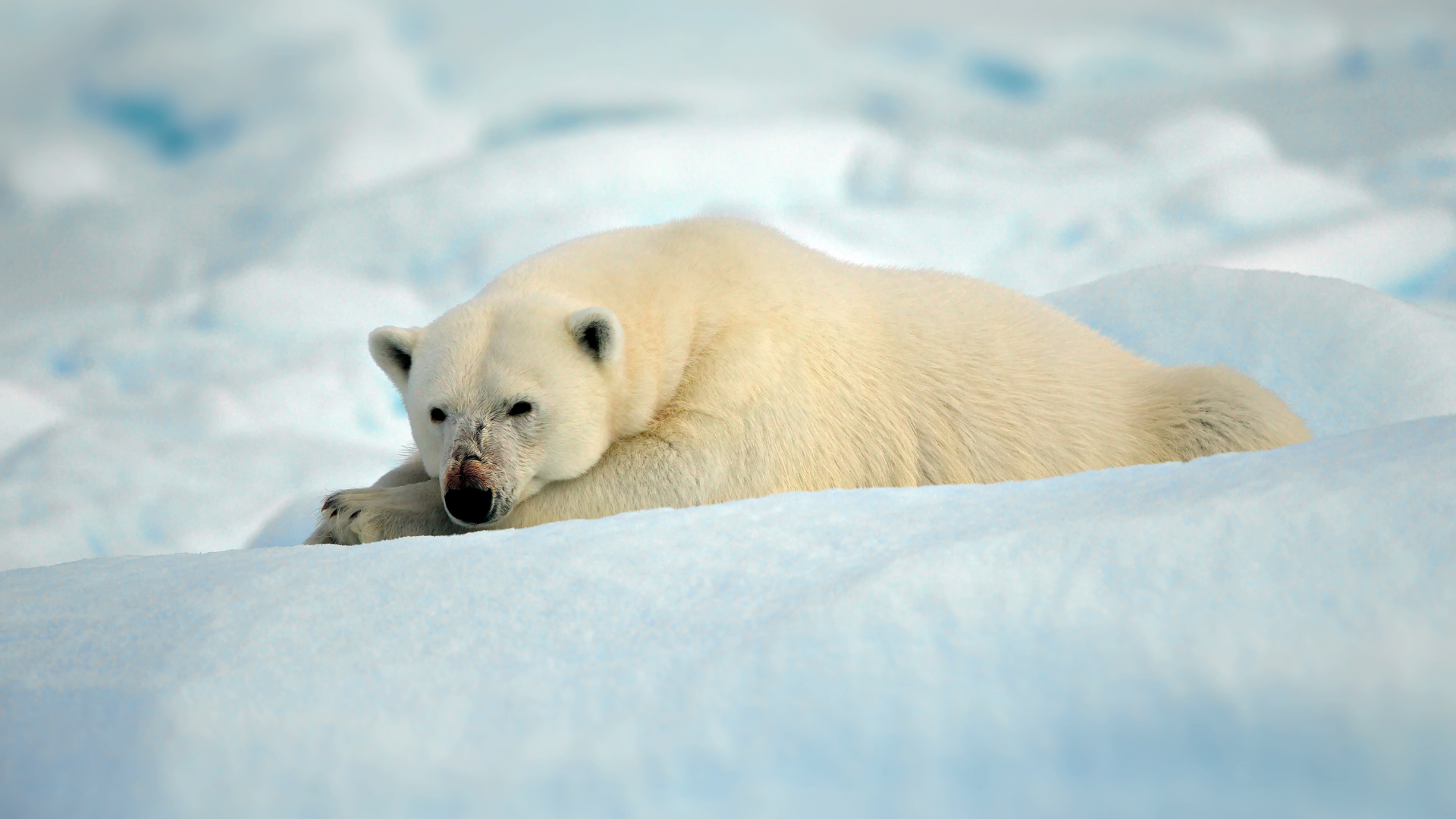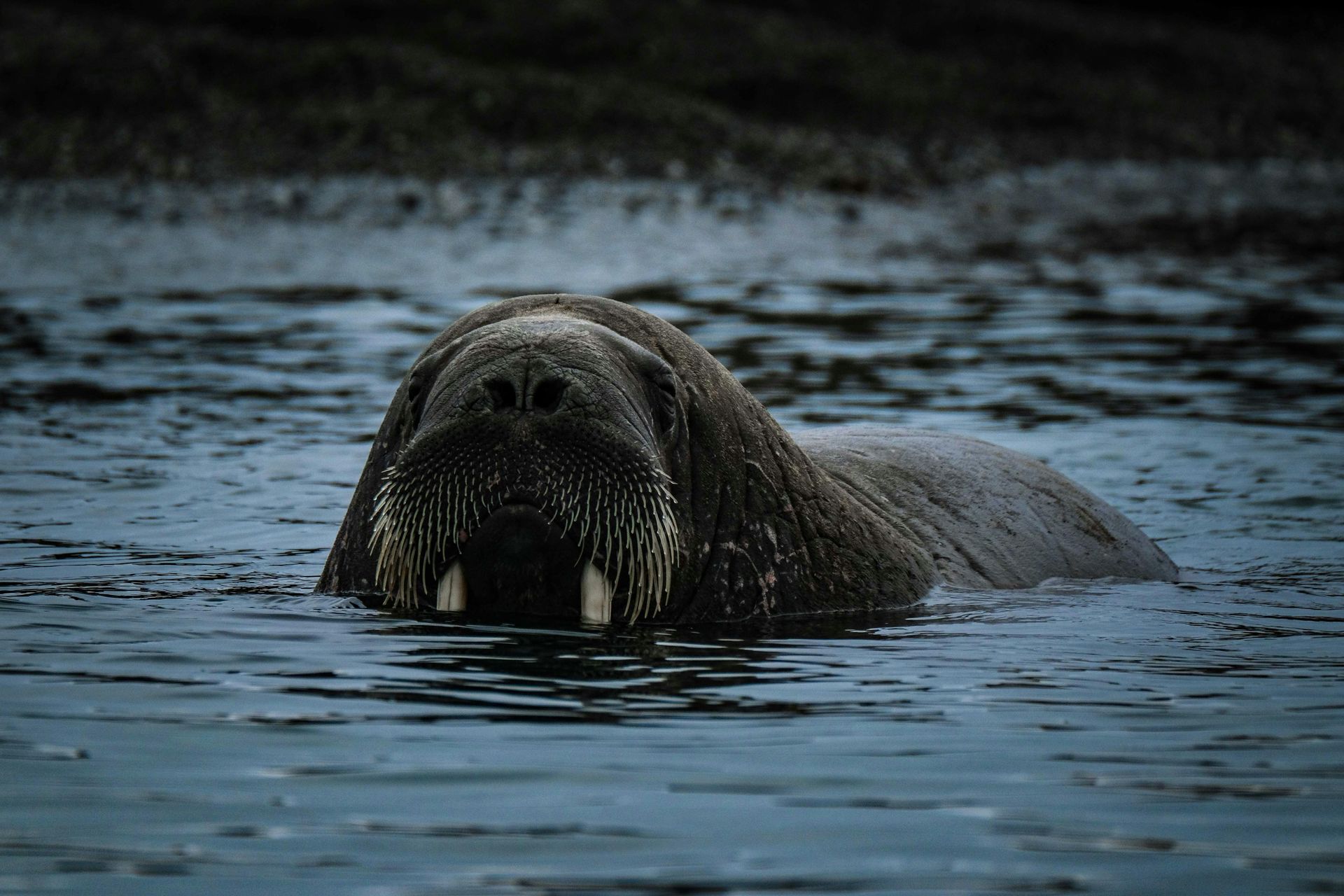Svalbard's Wildlife Wonderland: Discovering the Arctic's Extraordinary Landscapes and Animals
Svalbard, the remote Arctic archipelago located between mainland Norway and the North Pole, is a unique and pristine wilderness home to a wide array of wildlife. The region's harsh climate and rugged landscapes have fostered a diverse ecosystem of animals and birds adapted to the extreme conditions. Here's an overview of the remarkable wildlife you can encounter in Svalbard:

1. Polar Bears
- Iconic Arctic Species: Polar bears are one of Svalbard's most famous inhabitants. They roam the region's coastline and sea ice in search of seals, their primary food source.
- Safety Precautions: Polar bears are powerful and potentially dangerous, so it's essential to follow safety guidelines and observe them from a safe distance, ideally with an experienced guide.
2. Arctic Foxes
- Adaptability: Arctic foxes are found throughout Svalbard, using their thick fur coats to stay warm in the frigid temperatures. They can be seen scavenging for food and sometimes hunting small prey.
- Color Variants: These foxes change color with the seasons, typically appearing white in winter and brown or gray in summer.
3. Reindeer
- Svalbard Reindeer: This unique subspecies of reindeer is shorter and stockier than its mainland counterparts, adapted to the challenging Arctic environment.
- Foraging: Svalbard reindeer can be found grazing on the tundra, feeding on mosses, grasses, and lichens.
4. Walruses
- Haul-Outs: Walruses can be seen lounging on beaches and rocky shores in groups called haul-outs, especially during the summer months.
- Tusks and Whiskers: These large marine mammals use their tusks and sensitive whiskers (vibrissae) to forage for shellfish and other food in the shallow waters.
5. Seals
- Bearded and Ringed Seals: Both bearded and ringed seals inhabit Svalbard's waters. They are important prey for polar bears and can often be seen basking on ice floes.
- Harbor and Hooded Seals: These seals are also found in Svalbard, though they are less common than bearded and ringed seals.
6. Whales
- Various Species: Svalbard's waters are home to several whale species, including belugas, narwhals, humpback whales, minke whales, and blue whales.
- Whale Watching: Whale watching tours are popular in Svalbard, offering visitors the chance to see these majestic creatures up close.
7. Birdlife
- Seabirds: Svalbard is a birdwatcher's paradise, with large colonies of seabirds such as puffins, guillemots, and kittiwakes nesting on the cliffs during the breeding season.
- Arctic Terns and Skuas: These migratory birds travel vast distances each year and can be spotted in Svalbard during the summer.
- Eider Ducks and Geese: Svalbard is also home to various duck and goose species, including common eiders and pink-footed geese.
8. Other Wildlife
- Musk Oxen: While not native to Svalbard, musk oxen have been introduced to the region and can occasionally be seen grazing on the tundra.
- Fish and Marine Life: Svalbard's waters are rich in marine life, including fish species such as Arctic char and cod.
Conservation Efforts
Svalbard's unique wildlife is protected through strict conservation measures and regulations. The region is a nature reserve, and visitors are required to follow rules to minimize their impact on the environment and wildlife. These measures ensure that Svalbard's fragile ecosystem remains pristine for future generations.
Conclusion
Svalbard's remote and unspoiled landscapes provide a rare opportunity to observe Arctic wildlife in its natural habitat. Whether you're spotting polar bears on the ice, watching seabirds on the cliffs, or observing reindeer on the tundra, the experience of encountering Svalbard's wildlife is unforgettable. Always remember to respect the animals and their environment by observing them responsibly and from a safe distance.











